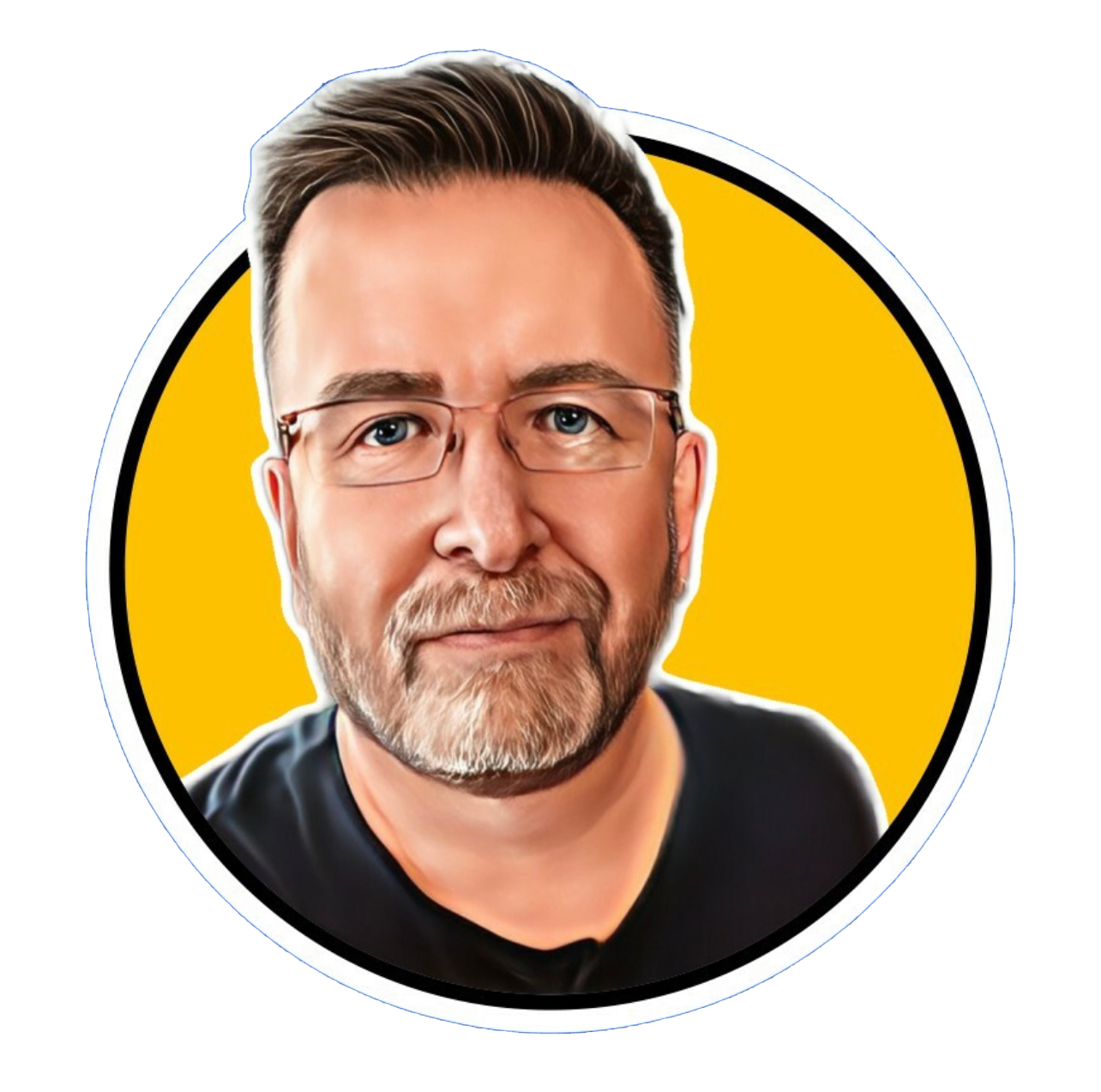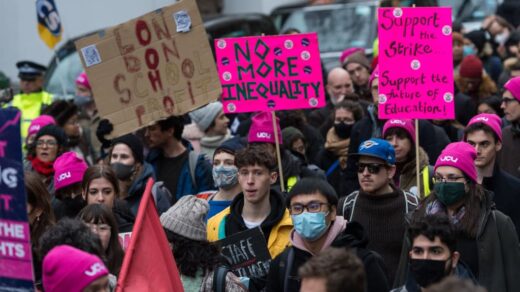Dr. Fauci on 40 Years of HIV and AIDS
Author: John Casey

For some, realizing that June marks the 40th anniversary of the first HIV/AIDS cases in the United States will be an astonishing reminder for all that has been lost. I did a column, not too long ago, about the AIDS Memorial on Instagram, and I continue to follow that page. It’s a daily reminder of heartbreaking stories about the lives of lovers, partners, best friends, sons, brother, uncles, and mixed among them daughters, moms, sisters and aunts, all who succumbed to the disease.
Forty years is half a lifetime, and millions of lifetimes were cut short by the insidiousness of AIDS. The lives of survivors were radically altered. And millions still live with HIV.
If you did live through those worst days some 40 years ago, you’re now in your late 50s and beyond, and there is a sense of either questionable guilt, solemn gratitude — or both — about still being alive. Why was I spared? Thank God, I made it through. Or bittersweet emotions. The anniversaries of AIDS deaths of loved ones and milestones, like the 40th anniversary of its acknowledgment in the medical community and among the public, cause a cascade of remembrance and commemoration.
For those in their teens, 20s, 30s, and some in their 40s, the early 1980s is a lifetime away, and outside of their lifetime. It’s hard for the younger members of our community, who weren’t alive in the 1980s, to conceptualize the searing pain of those early days of the AIDS epidemic.
It can be easy to not comprehend, or forget, how graphically calamitous those early years were. There are scores of books, movies, documentaries and television series that try to capture that era; however, if you actually lived through it, and lost people close to you, you personally realize that the absolute horror of it all can’t be conveyed through a tome or a script.
We’re still searching for a cure; however, the disease is no longer a death sentence. A daily pill or two keeps it at bay. Being told your HIV-positive today means that you most likely won’t end up as a patch on the AIDS quilt. One less AIDS red ribbon. Yet, receiving the diagnosis is anything but comforting, and still a scarlet letter for some.
Each new diagnosis of HIV is another thread that stretches back to the start of the AIDS pandemic 40 years ago, and a war on survival, and acceptance, that still exists today.
There are two individuals considered to be at the forefront of the war in the fight against HIV. The one year anniversary of Larry Kramer’s death is today. He was the fiery founder of ACT UP, an activist group that risked life and limb to get government regulators and drug companies, among others, to wake up and pay attention to the travesty of AIDS.
I wrote about Kramer’s extraordinary life the day after he passed. To quote Dylan Thomas, Kramer did not go gentle into that good night, and it was his, “Rage, rage against the dying of the light,” that helped many see the light about HIV and enabled many to survive.
One of the people who saw Kramer’s light was Dr. Anthony Fauci, who is still fighting the good fight for an AIDS cure today, among his other duties, including stewarding the country through the current COVID-19 pandemic. Like his battle for HIV treatment, Fauci’s fight to get people to pay attention to the coronavirus was an arduous one that often fell on the deaf and obtuse ears of some of our government leaders.
I spoke to Dr. Fauci last summer during the pandemic and asked him about Kramer. “We started out as adversaries, then advocates for the same cause — we were both after the same thing — and later became acquaintances and friends. Towards the end of his life, we got very close, and I think you can say that Larry and I both loved each other.”
I think all of us in the LGBTQ+ community, and probably most of us here in the United States, love Dr. Fauci. At the very least, we owe an enormous debt of gratitude. He is a remarkable public servant, fighter, and human being. It’s not every day that you get to thank your hero for all he has done in his life to make your life, and the lives of those you love and care about, better. I had that opportunity when I spoke to Dr. Fauci recently, choking back tears of colossal gratitude.
On June 5, 1981, Fauci was sitting at his desk at the National Institutes of Health offices in Maryland, when news of a strange disease crossed his desk in the form of a memo. “I have a very, very good recollection of that day,” Fauci told me during our phone call. “That day caused an awareness in me that had me make a dramatic change in my career and in my life.
“I was in my office in the clinical center when the MMWR (the Morbidity and Mortality Weekly Report for epidemiologists, published by the Centers for Disease Control) landed on my desk, and I saw the description of five young gay men in Los Angeles who presented with pneumocystis pneumonia. I had only seen this type of pneumonia in cancer patients who were being treated with chemotherapy, so that was odd. And I wondered why they were all gay men? I thought it was a fluke of some sort, so I put the MMWR aside.”
It was one month later, when Fauci realized that this was no fluke. “In July of ‘81, I’m sitting at the same desk, and saw the second of the MMWR. It was now 26 individuals. All gay men, who not only had pneumocystis, but other opportunistic infections, and this was beyond Los Angeles. At that moment, I felt chills going up and down my spine. I remember thinking, ‘Oh my God, this is a brand-new infection.’”
Fauci said at that point in his career he had several years of experience in the field of infectious disease at the NIH, but he never heard anything like what he was reading about in the MMWRs. He knew that it had to be a new disease, and since it was all gay men, he first assumed that it was a sexually transmitted disease.
“So, what I did in the summer of 1981 was turned the direction of my career, and I began admitting and studying these young men with this strange disease that didn’t have a name yet. It was being called a bunch of different things like gay cancer, or GRID (Gay-Related Immunodeficiency). We hadn’t given it the name AIDS yet because we didn’t know what the infecting agent was.
“There I was, in the summer of 1981, studying this extraordinary mysterious new disease, when less than 100 cases were reported. Now fast-forward 40 years, and we have almost 76 million worldwide who have become infected, and over 33 million who have died. I’m one of few that is still around that was studying the disease from the first weeks and months that it was reported.”
Fauci explained that he was alarmed by what he was seeing, so in the fall of 1981 he wrote an article calling attention to it. “I wrote that if anybody thought this was going to stay confined to an epidemiological restricted group, i.e. gay men, they were making a big mistake. I submitted it to a couple of journals who rejected it because they thought I was being too alarmist.”
“Then I resubmitted it to the Annals of Internal Medicine academic journal, and they didn’t publish it until the spring of 1982, even though I wrote it in 1981. Unfortunately, it turned out to be a prophetic article because at the time there were just a couple hundred cases that were reported, and I was saying this is not going to be restricted even though we didn’t know what it was.”
When he goes back and reads that article, Fauci told me that he still gets those same chills. “I hate to be prophetic especially when it means that so many people are going to get sick and die.”
To Fauci one of the biggest obstacles at the beginning of the epidemic was the fact that it was occurring in disenfranchised populations. “Back in 1981, the gay community was marginalized. Then the virus became prevalent in injection drug users, another alienated population. And then it was commercial sex workers, yet again, another group disenfranchised. People weren’t clamoring to help these groups fight this disease.”
That was detrimental, according to Dr. Fauci, because no one took seriously the fact that the virus would spread outside those ostracized clusters. “At the time we didn’t realize, globally, that it would be a disease that would devastate countries around the world, particularly in South Africa and the southern Caribbean. And in those areas, it would become a predominately heterosexually-transmitted disease, but in the U.S., it started off seemingly very restricted to certain stigmatized groups.
“It was such a confusing situation. The U.S. didn’t jump right away to address it like they should have, so it was left up to scientists and doctors like myself that were not very numerous, and gay activists who really beat the bushes to get people’s attention to do more about this disease.”
I asked Fauci how important it was to have those activists fighting to help advance the cause and get people to jump? “They were critical,” Fauci intoned. “What they did was very concentrated, very theatrical and very iconoclastic. But they had to be that way to gain the attention of the establishment.”
Fauci said that once he put aside the theatrics, and really began to listen to what the activists had to say, it started to make perfect sense for him. “That’s when I began to integrate the activists into clinical trials and the regulatory process and a variety of other things that they should have been involved in right from the beginning. So, the bottom line is that that activist’s movement was extremely helpful in aligning what we did from a scientific and regulatory standpoint with the needs of people living with HIV, as well as those who were at risk.”
Once aligned, breakthroughs started to occur, and as a result, Fauci said that several milestones started to be reached. “For the first couple of years from 1981, we worked hard to try and figure out the cause. Then in 1983 and 1984 when doctors and scientists like Bart Gallo definitively showed what the agent was, that opened the door to everything that followed. The first transforming event was identifying the virus.”
The next altering occurrence was the development of a simple diagnostic test, and this happened in 1985, according to Fauci. “By this time, infections related to blood transfusions for hemophiliacs was already causing a number of major infections and had been for years. The new tests allowed us to know who was infected, even though they were without symptoms.
“That really just blew up the whole situation. At the time the only people we saw were those who were very sick with this very strange disease. Which means they had been infected for years. What we didn’t know was the clinical cause of the incubation period, and how many years it took until the disease started to destroy the immune system. When diagnostic tests came about, we began widespread testing of the so-called risk groups, and we were stunned by the fact that we were only seeing the tip of the iceberg.”
Fauci said that once testing started on a broad scale, doctors and health care professionals were seeing, “…many, many, many more people who were infected and who didn’t know it because their immune system hadn’t been destroyed enough to get the opportunistic diseases associated with HIV/AIDS.”
In 1986, according to Fauci, the development of AZT and targeted antiviral therapies like protease inhibitors began to slowly turn things around. “It eventually became clear that you could repress HIV to the point where people could lead normal lives and prevent transmission to others.”
All this work toward a treatment required an enormous amount of effort. Fauci made it clear that there were scores of others who helped advance the cause. “There were so many people, and I am most certainly not alone. They are too numerous to name, all over the country, and I don’t want to name anyone and leave someone out. Collectively, we all established the AIDS Clinical Trial Group, the HIV Prevention Trial Network, the Vaccine Trial Network, among other studies. Hundreds and hundreds made major contributions from the entire field of epidemiology with so many amazing initiatives.”
In particular, Dr. Fauci cited the opportunity former President George W. Bush gave him to be the architect of the President’s Emergency Plan For AIDS Relief (PEPFAR), a U.S. government initiative, launched in 2003 to address the global HIV/AIDS epidemic. It is the largest commitment by any nation to address a single disease in history. “It’s been an honor to help lead this. I really value my participation in this program that has already saved 15-18 million lives around the world.”
Given Fauci’s long career, and his most recent success in helping to lead the COVID response, I asked him what’s been his most consequential responsibility? “Oh, that’s easy. I’ve been working for 40 years this June on HIV and AIDS, so there’s nothing that comes close in my own life to HIV. All the scientific, administrative work, running the [NIH] research. It’s been my life’s work.”
I asked Fauci if he is still bothered by the fact that there is no cure for HIV? “Yes, ultimately we want a cure where people don’t have to take a pill or pills every day; however, in the meantime the effect of the antiviral therapies has been extraordinarily spectacular.”
Finally, what does he see for the future of HIV/AIDS? “The holy grail is of course an effective vaccine. For many different reasons the body doesn’t make an adequate response to HIV, so it’s able to integrate so efficiently into someone who’s been infected, and it’s very difficult to remove, which has been the major obstacle to developing a safe and effective vaccine. My hope is that the advanced COVID technologies we developed during the last year and a half will now be used to enhance our opportunity to get an effective cure for HIV.”
John Casey is editor at large for The Advocate.
Original Article on The Advocate
Author: John Casey





